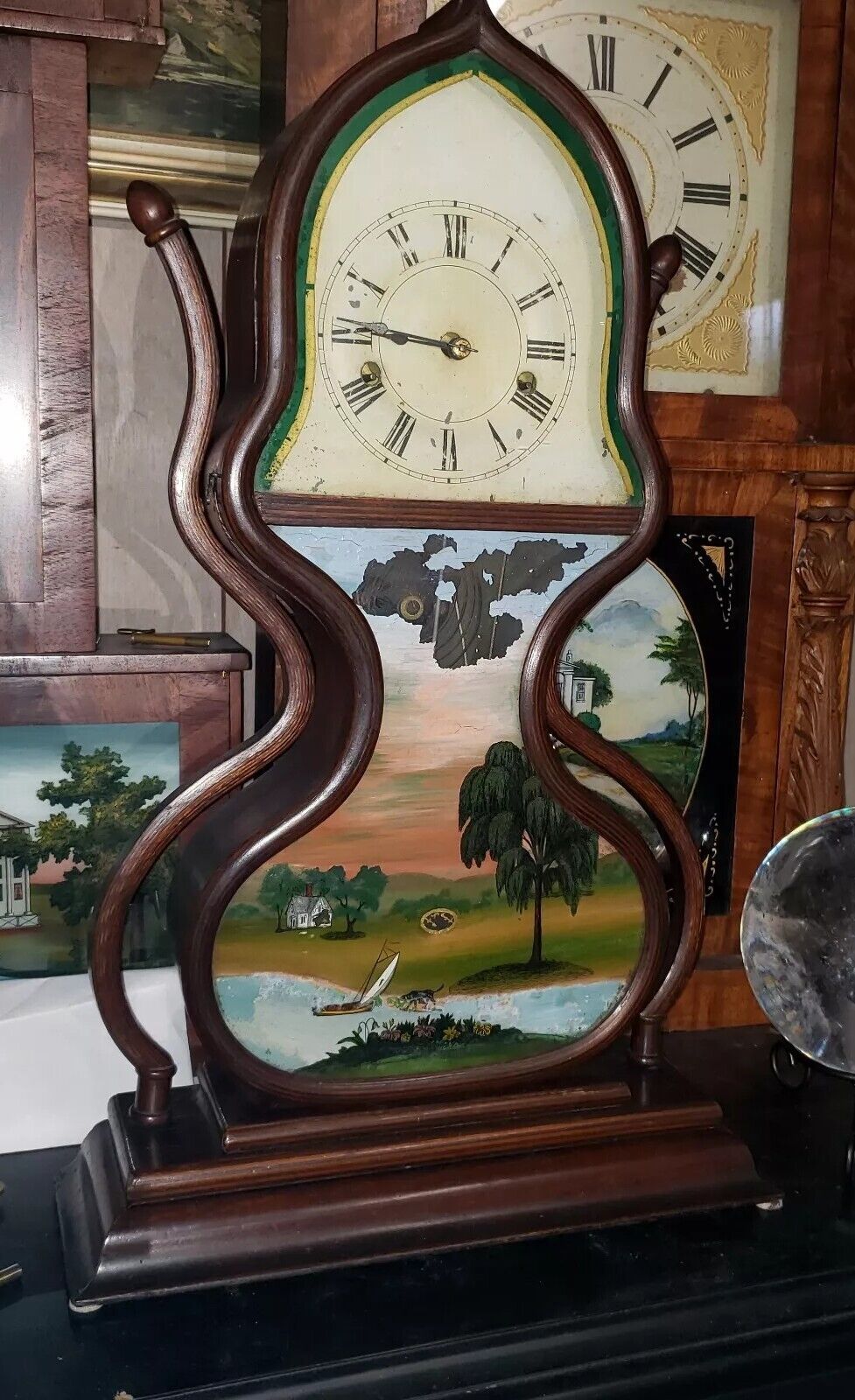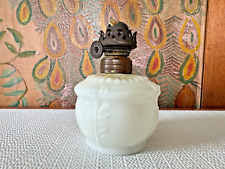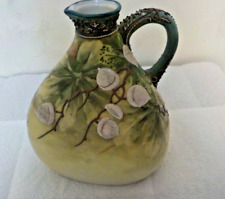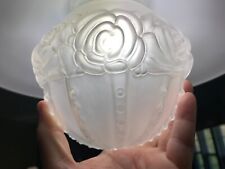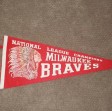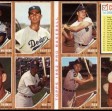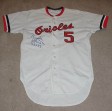When you click on links to various merchants on this site and make a purchase, this can result in this site earning a commission. Affiliate programs and affiliations include, but are not limited to, the eBay Partner Network.
Nice acorn clock, 8 day time and strike. The clock is running and striking now. I\'ve had it several years and have not had any work done on it. There is some paint loss on the upper part of the tablet. I won\'t guarantee clocks will run without some adjustments after transporting them.
The clock is 24.5\" x 14.5\" x 5.5\"
There is a faint signature on the dial. I shot a close up. I can make out the second line, Bristol Conn, but can\'t read the top line.
Here\'s an interesting write up about acorn clocks.
It is from the National Museum of American History
The acorn clock, named for the whimsical, graceful shape of its case, is coveted by collectors for its rarity. Historically it is interesting as an example of mass-produced Connecticut clocks during their transition from weight- to spring-drive. The use of the spring-drive meant that manufacturers no longer had to build elongated cases to accommodate falling weights. This new freedom, along with the technique of laminating and bending wood, made possible the characteristic acorn shape of the case.
Jonathon Clark Brown (1807-1872) was a prominent Bristol, Connecticut manufacturer, who operated a succession of clock factories. Last and best-known of these was the Forestville Manufacturing Company, which boasted an annual output of one hundred thousand clocks shortly before its bankruptcy in 1856. A cabinetmaker by trade, Brown offered an unusually diverse and imaginative range of case styles. The Forestville Manufacturing Company made acorn clocks like this one from 1847 to 1850.
Acorn clocks were among the first to use the locally made coiled-steel springs that had recently become available. These springs were not installed as integral parts of the movement. Instead they were attached to a conventional weight-driven movement in a notably rough-and-ready manner. Mounted at the bottom of the case, the springs exerted the same pulling force upon the clock as the falling weights had. The two springs, one for the going train and another for the hour-striking train, were each combined with a fusee, a cone-shaped pulley designed to equalize the changing force of the unwinding spring. Before long, Connecticut clockmakers dispensed with the fusees and incorporated the springs directly into the movements.
I\'m paying the shipping on this clock.


